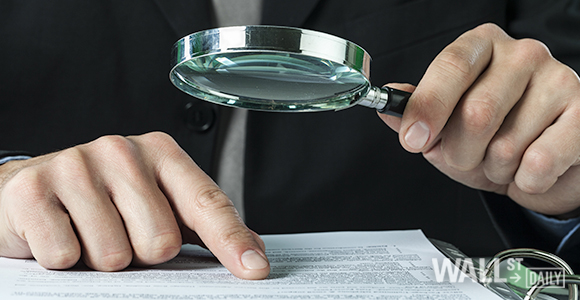
Last week, more than 20 people were arrested in China over a $7.6 billion Ponzi scheme involving a peer-to-peer (P2P) lender called Ezubao.
According to a report in the Financial Times, Ezubao had 900,000 investors, utterly dwarfing Bernard Madoff’s mere 13,500.
As this latest example goes to show, we need to be extremely careful when faced with enticing sales pitches for new income opportunities. Unfortunately, it’s damnably difficult to tell whether something unconventional is a Ponzi scheme.
Worst of all, they may be getting more common.
The Economy, Ponzified
Back in 1920, when the country was still on the gold standard, Charles Ponzi had to offer 50% a month to get people buying. His scheme involved arbitrage between international postal rates that had become possible after World War I’s disruptions.
In the years to 2008, Bernie Madoff found he could attract billions by offering only 12%.
And in China this year, Ezubao offered investors just 1.2% per month, in an environment where interest rates are still much higher than in the United States.
That’s a return Ezubao could almost certainly have made through legitimate lending. Yet Ezubao’s risk controller told the Xinhua News Agency, “95% of our projects are fake.” One wonders why they bothered with the other 5%!
The economic reality is that it’s much easier to design a fake investment that yields 12% to 15% annually than to design a plausible one that yields 50% a month.
What’s more, a Ponzi scheme offering investors 12% to 15% per annum can grow much bigger and last much longer than poor Charles Ponzi’s gimcrack empire, which fell apart within months.
Thus, a much greater share of the economy will be Ponzified than in Charles Ponzi’s day. With interest rates jammed against zero, the Ponzified proportion of the world economy will be increasing all the time.
Maybe that’s the reason for the appalling productivity figure announced last Thursday, showing that productivity had fallen at a 3% annual rate in the fourth quarter and had increased by a minuscule 0.3% since the fourth quarter of last year.













Leave A Comment